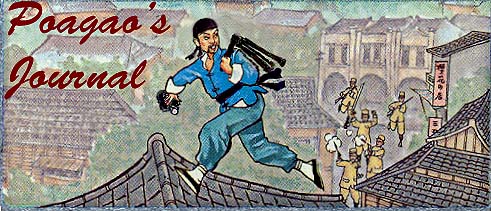The nature of the conversation
I recently had the chance to pick up Alec Soth’s I Know How Furiously Your Heart is Beating at the Moom Bookshop off Zhongxiao East Road in Taipei. They were having a small show based on color photographers such as Shore, Gruyaert and Eggleston, so naturally I had to go. I spent hours just looking through the books on display there, especially my favorite from Shore, Uncommon Places. This time around I particularly noticed the apparent care shown in the editing and sequencing of the book. Shore’s later works haven’t resonated with me as much, a phenomenon I’ve observed with many well-known photographers.
As for Soth’s latest book, whose title comes from a line in the Wallace Stevens poem Gray Room, the work conveys connection and empathy in a way I haven’t felt since his first book, Sleeping by the Mississippi, which I’ve always loved. There is one portrait in his new book that doesn’t have the same power as the rest. It is of a woman seen in the gap between bookshelves. All of the other photos in the book resonate and inspire a wealth of stories, but this one feels…out of place. After I’d finished looking at the photographs, I read the text, and this turned out to include a fascinating interview with Soth on how the book came to be. The interview was conducted by Hanya Yanagihara, whom I recognized as being the woman in the incongruous photo.
Interested, I asked Alec about it on IG, trying to be as diplomatic as possible: “The photo of Hanya didn’t seem to belong, and then I realized she was the one you talked with.” I wondered if there was connection between the two. “Am I imagining things?”
“Not at all,” he wrote back. We then went on to discuss the content of the book, specifically the part about connection. Soth, who is about my age, approaching 50, had a moment of clarity a few years ago in Finland, a sudden realization that “everything is connected” and subsequently reevaluated his approach not just to photography, but to dealing with people. He has said that one of the main challenges he faced as he began to engage in photography was his innate shyness, effectively equalizing or even giving more power to those he was photographing than he felt he had in the exchange. Over the years, as his fame grew, the nature of the relationship with his subjects changed; he was an internationally renowned artist, successful author and exhibitionist, a member of Magnum, the world’s most prestigious photography agency. But as his status was changing, so did the work he was doing. His “Ah-ha!” moment redefined his connection with people, his respect for his subjects, and it has seemingly made a real difference.
I’ve long wondered how so many famous photographers start out strong, with real, emotive work, and then lose that in the latter stages of their careers. The prevailing wisdom has simply been that people lose the creative spark as they get older, but reading about Soth’s experience and seeing the resulting work following his revelation makes me think something else is at play, mainly, the nature of the connection between the photographer and the subject. Soth compares it to that of two people on a seesaw.
In some circles, such as street photography, many -too many- photographers seem to assume a posture of domination and even objectification of their subjects, eagerly grabbing as much power in the relationship as they can. The reason for this might lie in the toxic mixture of social media and gadget worship that has infected the genre, which I’ve written about elsewhere, and might go a long way to explaining the spiritual paucity of much of this kind of photography. Ego, it seems, is the enemy of sensitivity, of pathos, of connection. It places blinkers on us, blinding us to all of the potential of being open to the world on an equal basis, substituting our vanity instead.
The photographers I most admire, however, tend to take a more respectful and curious approach to the subjects of their work, at least in making the work that brought them to my attention. Respect for the subjects of one’s work is also something I try to instill in my own students.
These changes in the nature of the connection with the subject might be why some photographers’ work changes as they gain fame and influence. The very nature of the relationship with subjects changes, the balance shifts, and the connection is fundamentally altered. Take an open-minded, curious photographer and stick them in a famous agency, give them interviews and assignments and minders and entourages and fans dogging their every step, looking to see what wondrous magical composition they’re going to create next, and that connection become all the more tenuous. Be they a failed art student wandering the streets of Paris, or shy man in his 30’s following the path of the river that flows through his country, the lifeblood of their work is intense observation free of the pollution of ego that so often comes to obscures our vision. Judgement threatens observation, and the whole thing can break down. For some, the only way to deal with such developments may be to abandon photography in favor of another art form. Others may move to more abstract work. And some may be hit, perhaps while on a flight to Helsinki, by the realization that they cannot relinquish the very essence of their work…the knowledge that everyone is connected.
“Your thoughts have made me see things in a different light, thank you,” I wrote Soth following our exchange.
He responded: “You’ve also given me something to reflect on. Thank you.”






